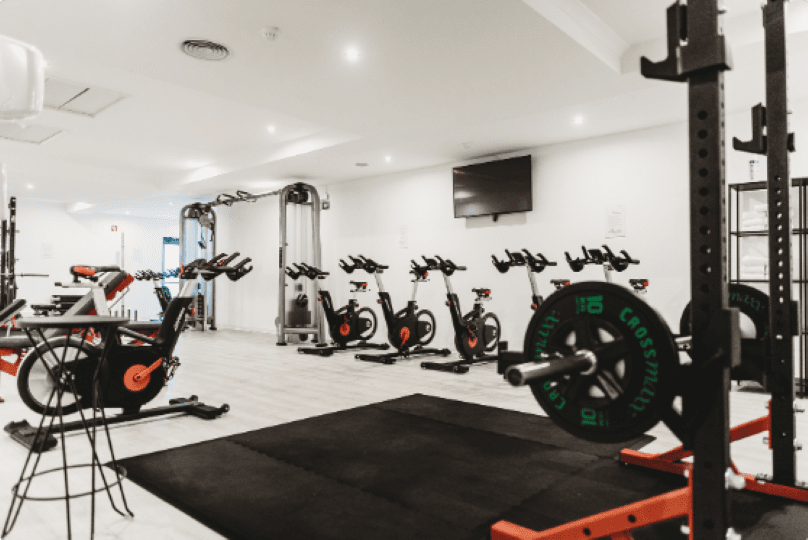Back pain is a common problem that can affect people of all ages. One of the main causes of back pain is poor posture, which can put extra strain on the muscles, ligaments, and joints in the back. Fortunately, improving your posture can help reduce back pain and prevent future injuries. Here are six amazing tips to improve your posture and relieve back pain:
Use a Supportive Chair

Many people spend a significant portion of their day sitting at a desk, which can cause back pain if the chair they use is not supportive. Use a chair that provides adequate lumbar support to improve your posture and prevent back pain. The lumbar region of the spine is the lower back, and it needs support to maintain the spine’s natural curve. A good chair should have an adjustable backrest and a firm seat that allows your feet to rest flat on the floor.
Stand Up and Stretch
Sitting for long periods can cause stiffness and tension in the back muscles. To prevent this, it’s essential to take regular breaks and stand up and stretch. Ideally, you should take a break every 30 minutes to stand up, walk around, and stretch your muscles. You can do simple stretches like bending forward and touching your toes, rotating your shoulders, and stretching your arms overhead. Stretching improves flexibility and reduces tension in the muscles, making it easier to maintain good posture.
Engage Your Core Muscles

The core muscles are the muscles in the abdomen, back, and pelvis that support the spine and provide stability to the body. Engaging your core muscles can help improve your posture by strengthening the muscles that support the spine. To engage your core muscles, imagine pulling your belly button towards your spine and hold for a few seconds before releasing. You can do this exercise while sitting or standing, and it can be done several times throughout the day.
Practice Good Posture While Standing
Standing with good posture can help reduce back pain and prevent future injuries. To stand with good posture, stand with your feet shoulder-width apart and distribute your weight evenly on both feet. Keep your shoulders back and relaxed and your chin level with the ground. Avoid slouching or leaning forward, as this can put extra strain on the back muscles. Practicing good posture while standing can help strengthen the muscles that support the spine, making it easier to maintain good posture throughout the day.
Use a Supportive Mattress
The type of mattress you use can affect your posture while sleeping, which can contribute to back pain. A supportive mattress is essential for maintaining good posture while sleeping. A good mattress should provide adequate support for the spine while allowing the body to rest in a comfortable position. The ideal mattress should be firm enough to support the spine but soft enough to contour to the body’s curves. If your mattress is too soft, it can cause your body to sink, which can put extra strain on the back muscles. If your mattress is too firm, it can cause discomfort and pain.
Exercise Regularly
Regular exercise is essential for maintaining good posture and reducing back pain. Exercise can help strengthen the muscles that support the spine, improve flexibility, and reduce tension in the muscles. A combination of aerobic exercise and strength training is recommended for maintaining good posture and reducing back pain. Aerobic exercise, such as walking, jogging, or cycling, can improve cardiovascular health and promote weight loss, which can reduce the strain on the back muscles. Strength training, such as weight lifting or resistance training, can help strengthen the muscles that support the spine.
Conclusion
Back pain is a common problem that can be caused by poor posture. However, there are several simple and effective ways to improve your posture and relieve back pain. By using a supportive chair, standing up and stretching, engaging your core muscles, practicing good posture while standing, using a supportive mattress, and exercising regularly, you can improve your posture and reduce the strain on your back muscles. By implementing these tips into your daily routine, you can enjoy the benefits of good posture and live a healthier, pain-free life.






